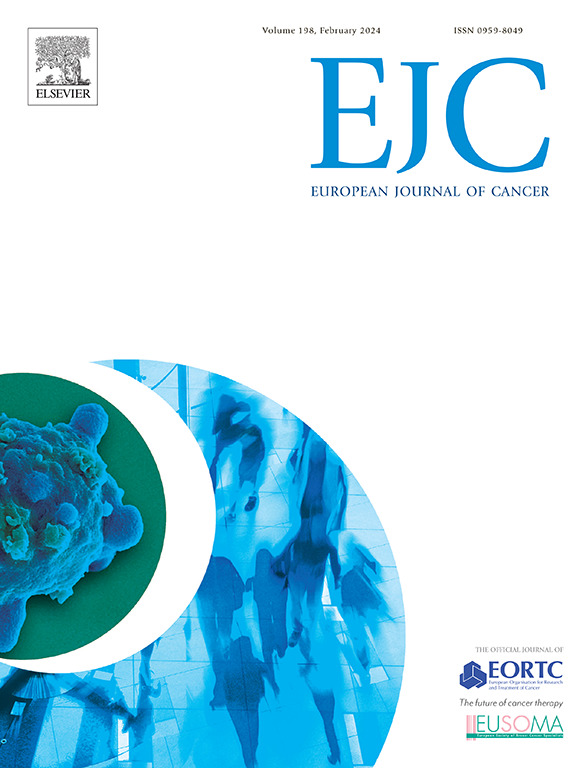Four decades of lung cancer: Trends in comorbidities and causes of death in a nationwide Danish cohort
IF 7.6
1区 医学
Q1 ONCOLOGY
引用次数: 0
Abstract
Background
Lung cancer remains the leading cause of cancer-related deaths globally, with gradual improvements in patient survival attributed to early detection through low-dose computed tomography screening and advances in oncological therapies. Despite these advancements, the management of comorbidities, particularly cardiovascular disease and chronic obstructive pulmonary disease, is critical due to their shared causal link with lung cancer - smoking. This study explores the prevalence of comorbidities among lung cancer patients in Denmark over four decades, using comprehensive national registry data.
Methods
By examining the Danish National Patient Register and Danish Cancer Registry, we identified all Danish lung cancer cases diagnosed from 1980 to 2018, analyzing comorbidities and causes of death. A comparison cohort matched by age, sex, municipality, and marital status was also established.
Findings
The findings reveal a significant increase in comorbidities among lung cancer patients over time, while this increase was less significant in the comparison cohort. Almost half of lung cancer patients had at least one comorbidity in the most recent period, 2008–2018. Cardiovascular disease, chronic obstructive pulmonary disease, diabetes, stroke, and peripheral atherosclerosis were the most prevalent comorbidities. Among patients diagnosed with lung cancer, it was the cause of death in 84 % of cases. The study also highlights a notable decrease in deaths from ischemic heart disease, with an increase in dementia-related deaths, suggesting an increasing burden of neurodegenerative diseases in aging populations.
Interpretation
This longitudinal analysis highlights that as the burden of comorbidities increases, comprehensive management strategies become increasingly crucial. These strategies could include less invasive diagnostic approaches, such as endobronchial evaluation, as well as treatment options like segmental resection and stereotactic body radiation. Addressing comorbidities alongside cancer treatment may improve patient outcomes and overall quality of life in aging populations.
求助全文
约1分钟内获得全文
求助全文
来源期刊

European Journal of Cancer
医学-肿瘤学
CiteScore
11.50
自引率
4.80%
发文量
953
审稿时长
23 days
期刊介绍:
The European Journal of Cancer (EJC) serves as a comprehensive platform integrating preclinical, digital, translational, and clinical research across the spectrum of cancer. From epidemiology, carcinogenesis, and biology to groundbreaking innovations in cancer treatment and patient care, the journal covers a wide array of topics. We publish original research, reviews, previews, editorial comments, and correspondence, fostering dialogue and advancement in the fight against cancer. Join us in our mission to drive progress and improve outcomes in cancer research and patient care.
 求助内容:
求助内容: 应助结果提醒方式:
应助结果提醒方式:


